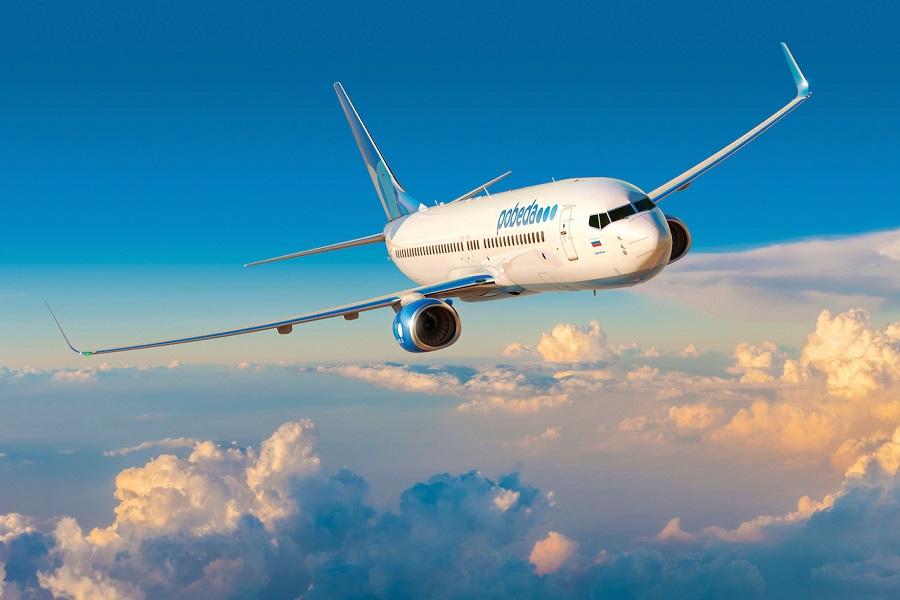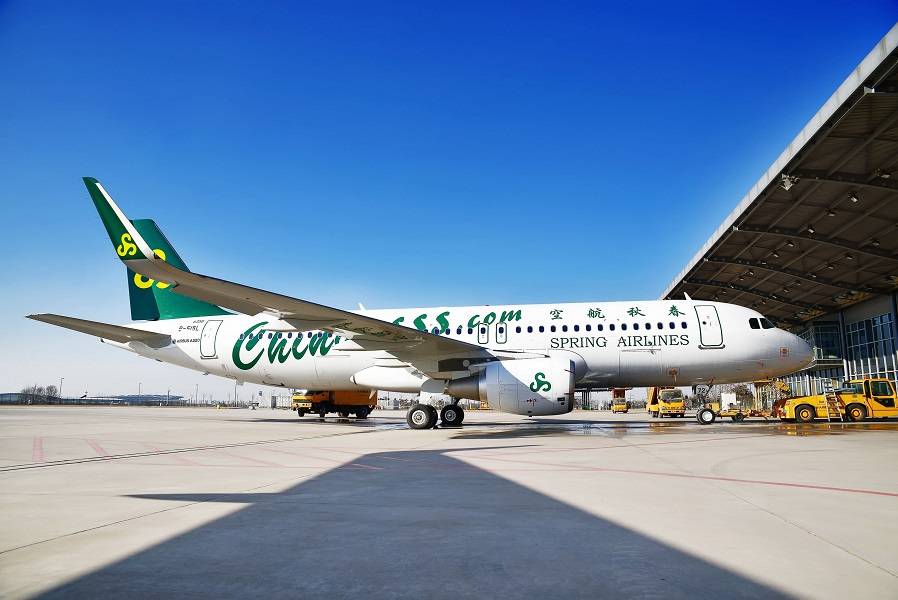As another example of an airline that operates domestic routes, Pobeda is not only performing well, they actually see growth compared to the pre-Covid days. But perhaps the airline should be analysed in the wider context of its environment.
Pobeda is a Russian Low-Cost Carrier (LCC), operating from its main base at Vnukovo International Airport. As a typical LCC, they have only one type of aircraft: the Boeing 737-800. While they have some international routes, they focus on domestic operations. And in this climate, this sets them apart from other European carriers, low-cost or not.
Like the United States, Russia is big enough for domestic operations to account for a significant portion of an airline’s market. This had a telling effect on Pobeda. Without borders and restrictions, Russians could travel once the pandemic lockdowns stopped. And they did. In Russia, domestic passenger traffic returned to pre-pandemic levels by the end of summer.

Thanks to the above, Pobeda saw a traffic increase of 1.6% year-on-year, in the pandemic. The airline is a wholly-owned subsidiary of Aeroflot. In an interview with Simple Flying, Aeroflot’s PR director Michael Demin, described the company’s success:
“Though all key business segment posted improved performance in the third quarter, Pobeda’s results deserve particular attention as virtually the first airline and the only major carrier anywhere in the world to grow passenger numbers in Q3 2020, with traffic up by 12.0% year-on-year, and the load factor recovering to 95%.
“On the back of these strong operational results, the LCC segment delivered robust financial performance, reporting a net profit in both the third quarter and the first nine months of 2020, thereby underscoring its strength and the resilience of its business model.”

Pobeda And Other Airline Successes
We recently saw how Mesa Airlines in Arizona, US, also enjoys a profitable position in the pandemic. But that is different. Aside from being a regional airline, Mesa saw smaller passenger numbers. Like Pobeda, it too relies on a domestic network, but using a different business model. The Russian carrier is more like Spring Airlines, in China.
Like Pobeda, Spring is a new LCC, with a single aircraft type; in this case the Airbus A320 family. Like its Russian counterpart, it is in a large country, with a strong domestic network. And China’s domestic network recovered to levels quite close to 2019, by September. Spring did fly less overall, but its seat capacity was at 90%.

Like Spring, Pobeda is new and benefiting from natural growth, as consumer gain confidence in it. It also needs to be examined in the context of its parent company. Aeroflot has recently announced plans to reorganize its group of airlines. So growth and success of the low-cost carrier needs to take into account the overall performance of the Aeroflot Group.
There are differences but nevertheless, a somewhat predictable pattern is emerging. Domestic routes, free from covid border restrictions, are a blessing for the airlines that can use them. Smaller, efficient operations pay off, with airlines being more flexible. That said, Spring increased its capacity 50% compared to 2019, so “small” may soon be inappropriate.



